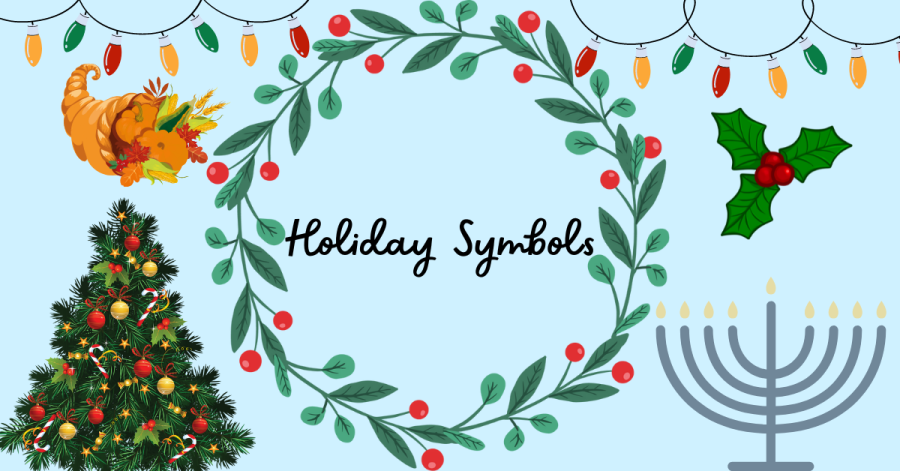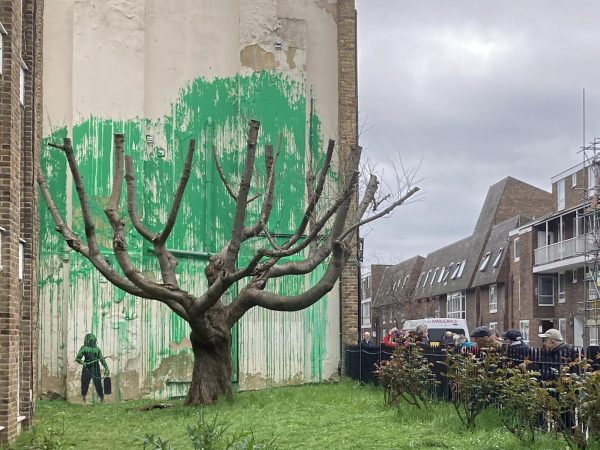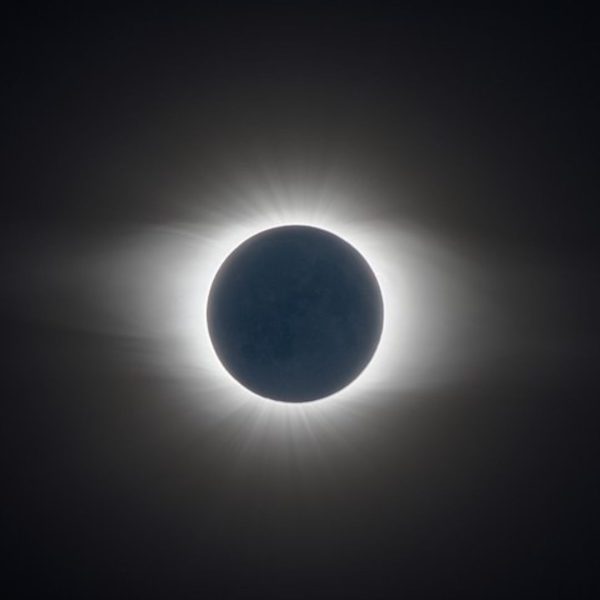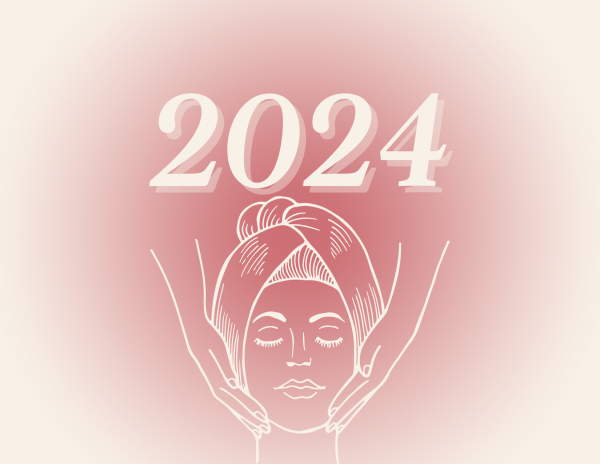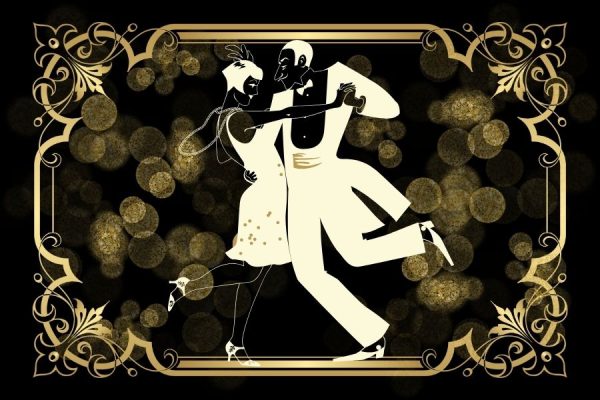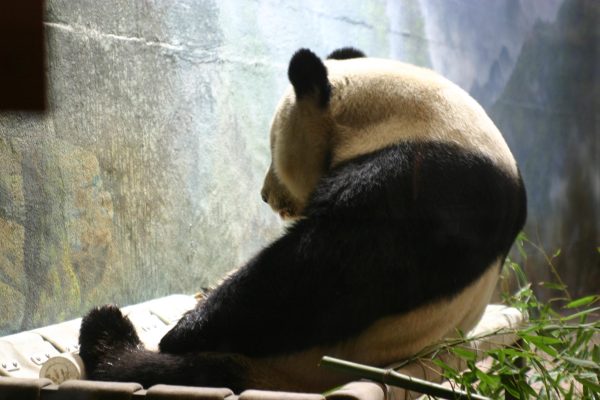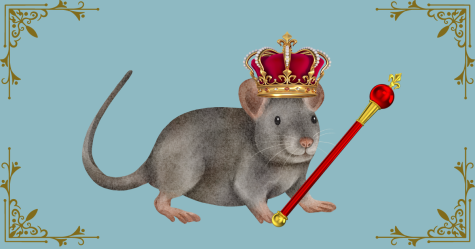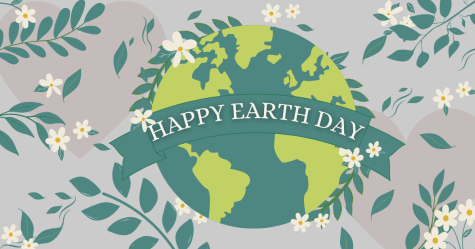Where do these five iconic holiday symbols come from?
It is important to appreciate each holiday symbol’s origins so we can better appreciate the holiday as a whole, so take some time to look into your decorations and where they come from!
With the holiday season quickly approaching, decorations are being put up as far as the eye can see. Trees, lights, menorahs, cornucopias, you name it. But what do these commonly seen objects mean to each holiday, and where did they originate?
Christmas Trees
While trees are often found in every Christmas celebrating home, the tradition was not started simply for decorative purposes. Initially, the Christmas tree idea came from Germany, as they believed the tree to be symbolic of their Lord and Savior Jesus Christ’s birth, and its triangular shape is believed to represent the Holy Trinity. There is also some credit thought to be due to Protestant reformer Martin Luther who is noted to have placed lit candles upon Evergreen trees during his time.
Menorah and Dreidels
In 164 B.C.E., Judah Macabee led a group of Jewish soldiers through a long and rigorous battle as they fought to regain their castle. When they finally seized control once more they used their last bit of oil to light the golden candelabrum. While the flame should not have lasted very long due to how little oil there was, the light burned on for eight days. Then, in 1920, Ze’ev Raban designed what is now the current menorah for Hanukkah in Israel and it has spread widely across the world. The dreidel, each side inscribed with different Hebrew letters that tell the story of the Jewish people. The letters also form an acronym relating to “The Great Miracle” around which the holiday is based around.
Cornucopia
The Kwanzaa holiday was created by Maulana Karenga who believed that it was important for African- Americans to have a time dedicated to cultural reaffirmation. During this celebration, a large portion of the festivities is centered around the feast, which takes place on the sixth night. There is corn, fruit, ham, yams, biscuits, plantains and more. The food is believed to help commemorate their ancestors, and the cornucopia helps represent good fortune, prosperity, and an abundance of nature’s gifts as the food spills out.
Festivus Pole
Inspired by the hit series, “Seinfeld,” Festivus was created by Daniel O’ Keefe with the intention of being a secular holiday without the religious burden that comes with some holidays. While Festivus is considered to not be specific to a certain religion, it is mostly intended to encourage “feats of strength” and “airing of grievances.” Festivus is symbolized by an unadorned metal pole, which is supposed to be a direct opposition to Christmas trees and the commercialization of the Christmas season.
Yule
Historically celebrated by the Germanic people, the Yule holiday has a multitude of symbols and is now celebrated by the Pagan people. There are evergreens, the Yule Log, the Yule Tree, mistletoe, holly, and wreaths. This holiday is during the Winter Solstice and celebrates the rebirth of the Great horned hunter God, also known as the newborn solstice sun. The Yule Log represents the new sun that is reborn and welcomes it into existence.
So, with December quickly approaching, take time to honor the symbols all around the world, for their meaning is deeper than it seems. Happy Holidays!




